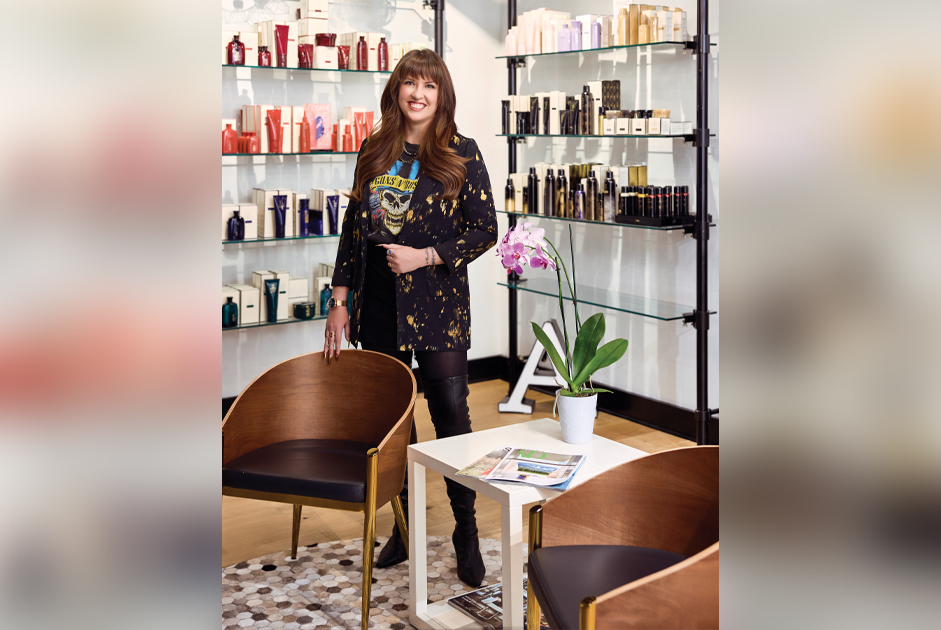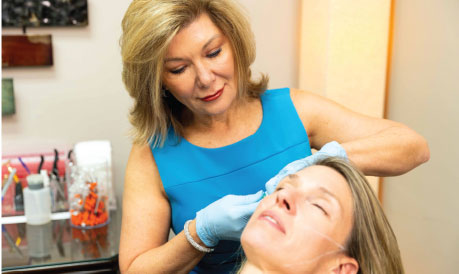“That’s it, right there.”
“What?
“You’re doing it right now.”
“The face?”
“Yeah, the one you make when I say something you disagree with or that makes you uncomfortable.”
This conversation with my friend took place in the pre-mask days and it’s made me think about how communication has changed since we’ve lost access to so many visual cues. In this particular case, my friend had an unconscious habit of shifting the position of her lips while sort of staring ahead, as if in thought. I learned to look for “The look” because I knew it was a cue that our conversation had triggered something – an uncomfortable emotion or a contrary point of view. In other words, something worth exploring. Masked as we are, a cue like this doesn’t register. Which in turn means I miss an opportunity to debate, empathize, explore, or learn something.
Of course, while masked, reading visual cues is much more difficult and the opportunity to misread a person’s meaning and emotion is greater. The other challenge is that to some degree, we all read lips. Except that we can’t when they are covered. Health Audiologist Patricia Johnson at UNC explains the mask-wearing communication challenge: “The physical barrier actually changes the sound waves that are reaching your ear…high pitches aren’t able to make it through the material, so you start losing access to consonants, particularly ‘f,’ ‘s,’ ‘sh,’ ‘th,’ which carry a lot of the weight in the clarity of the words that we hear.”
We Can Do This
We all need to work a little harder and be more patient when communicating “mask to mask.” Consider these effective tips and share them with your kids:
- Make sure you have the other person’s attention
- Think in terms of conveying warmth and a desire to connect
- Smile with both your eyes and your mouth
- Focus on the other person’s eyes without staring
- Maintain your social distancing, but face your partner directly, and make sure you can see one another
- Talk a little louder, but don’t shout
- Talk a little more slowly and deliberately
- Use your hands and tap into your body language by pointing, gesturing, and so on
- Ask the other person if they understood you; if not, remain patient and say it a different way
- If you can’t understand them, remain patient and say something like, “I’m sorry, I am having trouble hearing you. Please say that again.”
- Move to a quiet place if possible
Hearing Loss and the Mask
Current estimates suggest that 38.2 million people over the age of 12 in the United States have hearing loss. For these folks, communicating while masked is particularly challenging and often frustrating. If you or a loved one has hearing loss, consider these suggestions:
- Be upfront: Say something like, “I have hearing loss and may have trouble understanding you.” Or, “My husband can’t hear very well, so please be patient with him.”
- Maintain good eye contact with the other person
- Coach the other person: Say something like, “If you could speak a little more slowly and at a good volume, we should be okay.”
- Resort to Plan B as needed: Use a pen and paper or ask the other person to speak into your smartphone so that you can read the transcription.






















